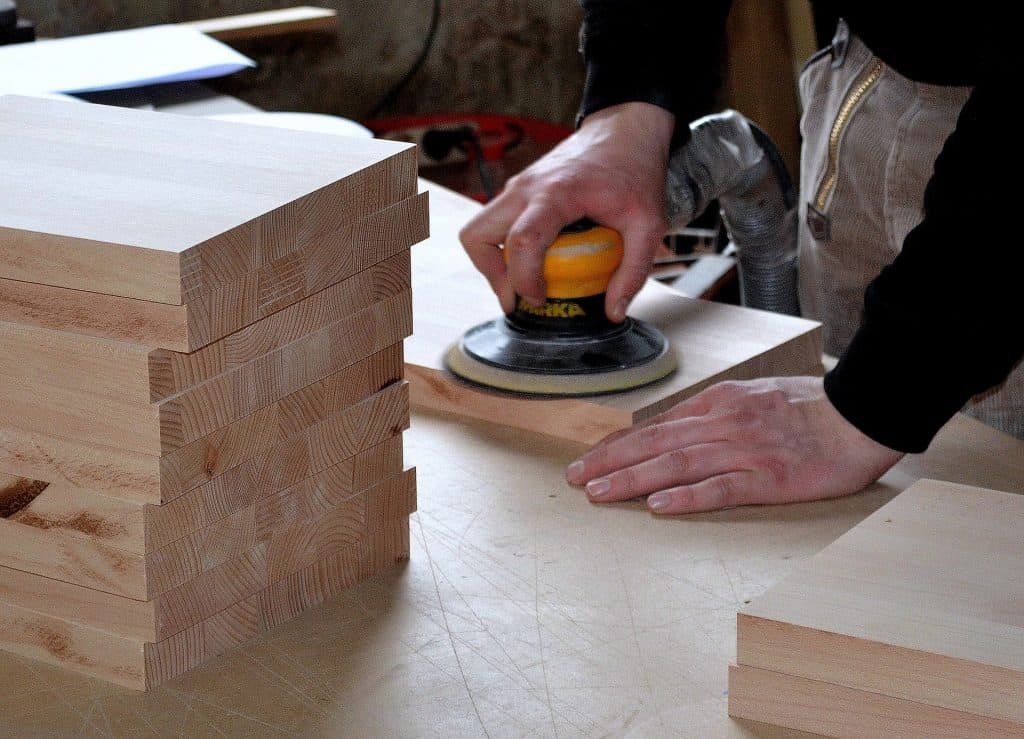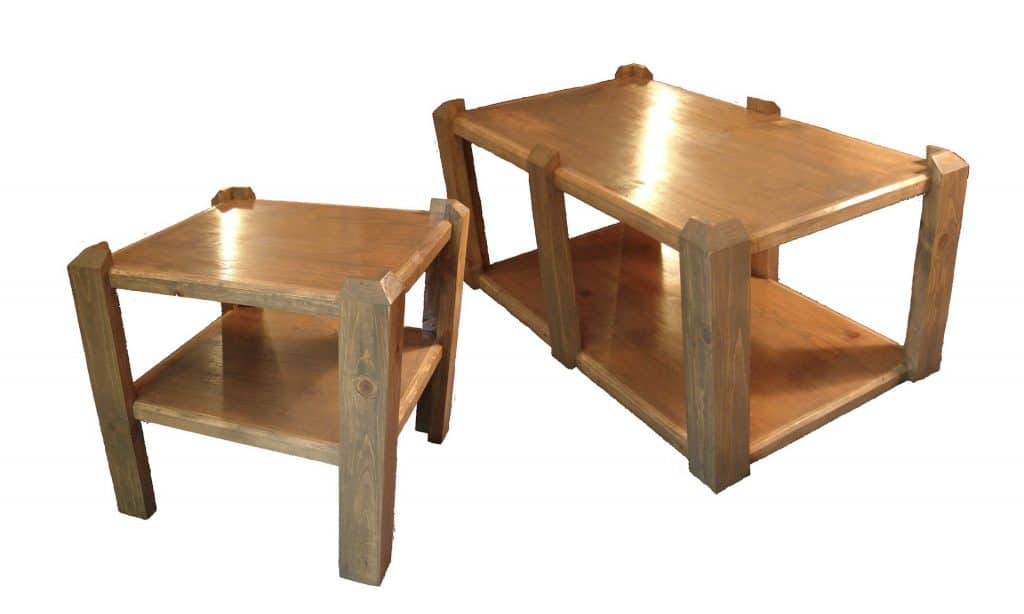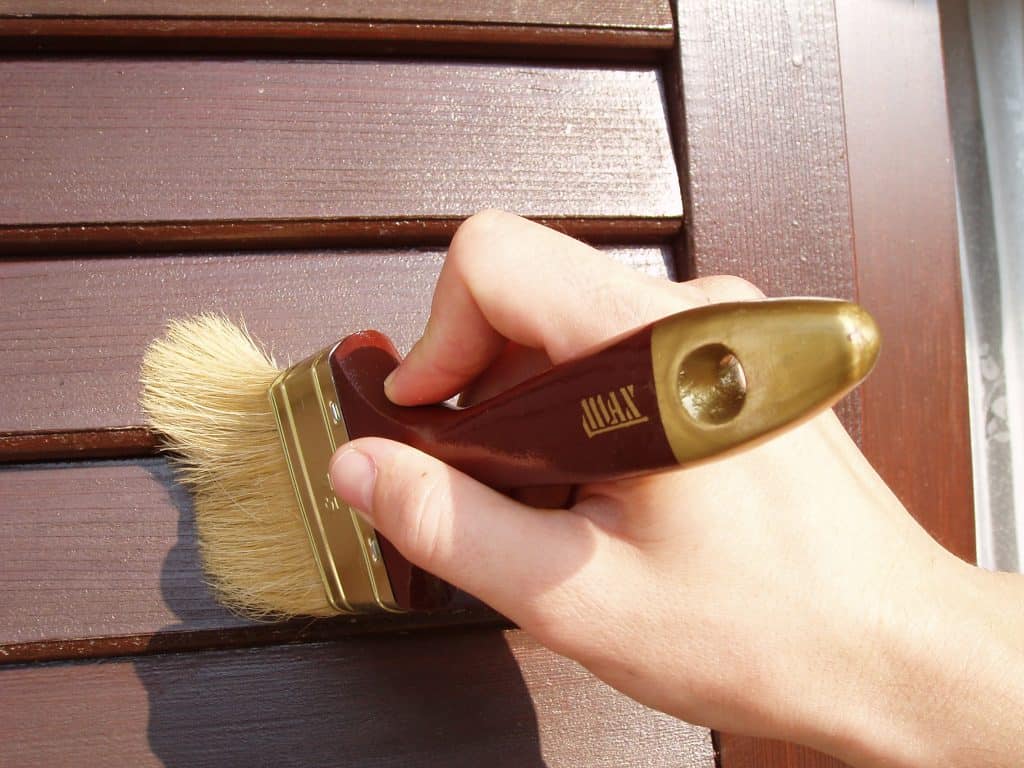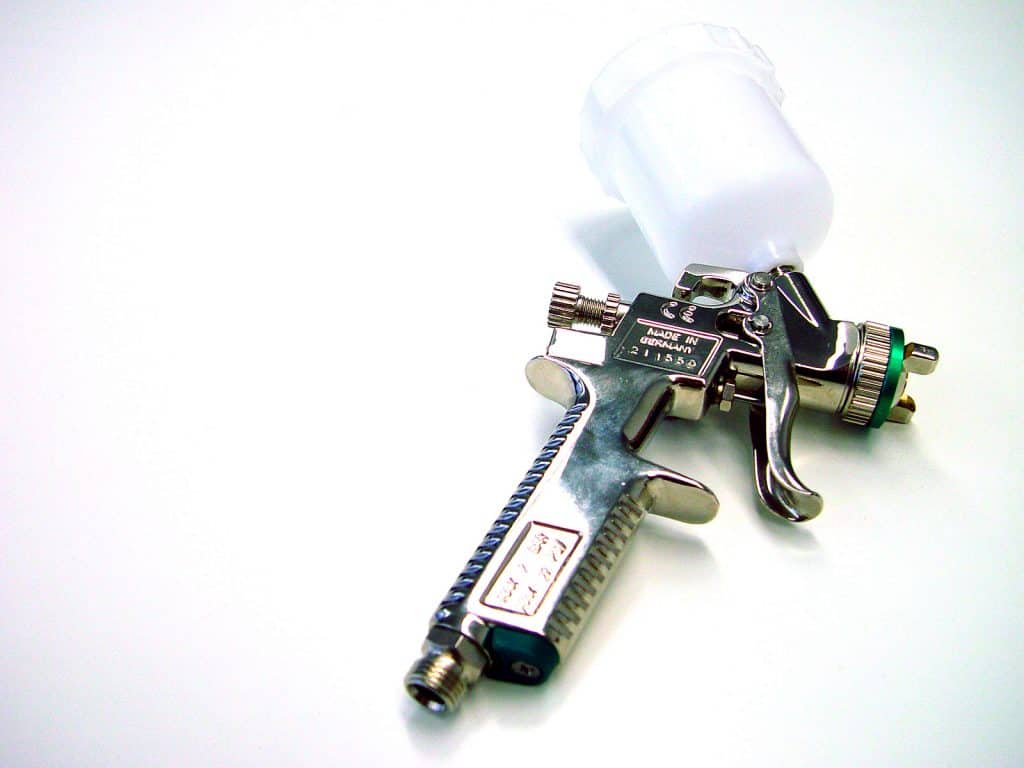As an Amazon Associate we earn from qualifying purchases.
Glossy finishes are typical in many products and fixtures. As a professional carpenter or a DIY buff, there’ll come a time when you’ll want to change that glossy shine for a more matte finish. Knowing how to dull a glossy finish is going to come in handy.
You could be looking to give your grandmother’s old dresser a makeover. Or perhaps your client wants a duller finish to that mirror frame you custom-made. Whatever the project, it’s not as difficult as it may sound.
Depending on the kind of matte finish you want, there’s more than one way to go about it. I’ll guide you through the best approaches.
Contents
Sanding and Polishing Method
The easiest and most straightforward method is sanding and polishing. You should ideally begin with this technique. To start, you’re going to need:

- Sandpaper: You’ll need to have a variety of grit. I recommend 220-, 320-, 400-, and 600-grit paper. You may need finer sandpaper.
- Clean dust cloths: Any cotton cloths will do. Microfiber will also be good. Make sure you have a few pieces of cloth ready as they’ll quickly get dirty.
- Orbital sander: You may not need this. It all comes down to the degree of matte finish you’re looking for.
- Polishing compounds: You’ll need these to use them with the orbital sander. Get a coarse compound plus a finer one.
You can purchase all these items from your local hardware store.
Step 1 ‒ Sanding
First, wipe down your item with soapy water to remove any debris or dirt on the surface.
Before you start, it’s crucial to check and see how thick the top coat of your piece is. If it’s thick, then rub the surface with 220- or 320-grit sandpaper.
If it’s thin, or you’re not sure, then start with 400-grit to avoid accidentally removing too much of the top layer. You could damage the actual wood underneath.
Rub the surface once all over, then wipe it down with a little soapy water.
Next, you need to even out the surface to remove any marks from buffing. Using the 600-grit sandpaper, rub the surface again and wipe it down. This will get rid of any inconsistencies. If you’re happy with what you’re seeing, then you’re basically done.
If you need to put a little gloss back, use 800-grit sandpaper. Keep rubbing using finer sandpaper until you get the finish that you want.
You can go all the way up to 1400-grit. The higher grit sandpaper will give you a smoother, satiny, finish.
Step 2 ‒ Coarse Polishing
You’ll only need to do this step if the last one didn’t give you the look you wanted. Now you’re going to need the electric sander.

I recommend using a random orbital sander, rather than the traditional orbital sheet ones, for a more professional result, as well as for the greater versatility it will give you while you work.
In the event that you don’t have one, it would be a good idea to browse some of the latest models before making a purchase. It’s easy to buy one online. However, you may want to visit your local hardware store first and actually hold the sander and feel its weight and grip in your hand.
Once you have your orbital sander ready, follow these steps:
- Apply the coarse polishing compound to the sander’s buffing pad. Go over the surface without applying extra pressure.
- Wipe down the surface with some soapy water. Leave it to dry.
- Use the sander again with the finer polishing compound if you need a little more sheen.
You should now have a very professional top finish. Most people are satisfied at this stage.
In case you’re still not, read on. I’ll walk you through another method.
Sanding and Finishing Method
For some projects, the sanding and finishing technique might be a better choice. For this next approach, you’re going to need these items from the hardware store:
- 220-grit sandpaper
- Matte finishing spray
- Clean dust cloths
Step 1 – Rough up the Surface
Assuming you followed the polishing method above, and it didn’t give you the outcome you wanted, you’ll need to remove the compound that was applied by using a solvent, preferably a mild one like mineral spirits; then sand down the piece with 220-grit paper.
If you’re just starting on your piece, buff the surface all over with the coarse sandpaper.
Step 2 – Spray the Finish
Next, wipe down the piece and let the surface dry. Once clean and dry, lightly spray the piece with the matte finishing coat. Start off with a light coat; leave it to dry and then spray it again.
You can lightly re-apply the finish as many times as you need to achieve the desired look, but be sure to let it dry well each time before deciding to re-apply.
Spraying can sometimes be a tricky task. Keep your hand steady at a constant distance from the piece and avoid leaving gaps while you spray.

Deglossing Method for Metal Parts
Suppose the furniture piece you’re working on has glossy metal fixtures, like handles and locks, and you want to give them a more matte look? Don’t worry, you can easily do so.
You’ll need these items from your hardware store:
- Liquid deglosser
- Clear matte varnish spray
- Clean dust cloths
- A brush (you may not need it)
Step 1 – Detach the Metal Parts
If the metal pieces can be removed from the furniture piece, take them off and work on them away from the wood. If they can’t be removed, cover the wood surface thoroughly with strips of cloth for protection.
Step 2 – Apply Deglosser
- Add some liquid deglosser to a piece of cloth and rub the metal part with it. Use a circular motion when doing so.
- Keep applying deglosser using the cloth while changing it frequently to avoid getting any dirt stuck to the surface.
- Wait half an hour and check the piece. If it’s still too glossy, apply another coat of deglosser using a brush. Wait for it to dry.
Keep repeating Step C until the piece has been deglossed to your taste.
Step 3 – Spray on Varnish
- Shake the varnish-can well; hold the can about 10 cm away when spraying. Spray the surface as evenly as possible.
- Leave it to dry for 10 minutes. Spray on another layer.
- Now leave the piece to dry for three hours.
The varnish top coat will preserve the finish.

Brushing Method for Plastic Parts
The piece you’re tackling could have plastic parts that you want to dull too. This can be done with a simple brushing technique. All you need is a Scotch Brite scouring pad.
Brush the surface of the plastic part back and forth evenly. Apply pressure for a more brushed effect, but keep brushing in the same direction.
Safety Tips
Safety is always important whenever you’re working with tools or chemicals.
- Make sure you work in a well-ventilated area
- Always wear a mask
- Paints could be flammable, so stay away from fire or heat sources
- Be extra careful around spray painting or chemical compounds
- Wear goggles too to protect your eyes from the dust and vapours.
Wrapping Up
Knowing how to dull a glossy finish efficiently and effectively is an important skill for anyone working with wood furniture. Overall, it’s a relatively easy skill to acquire and with a little practice, you can produce a perfectly professional result.
